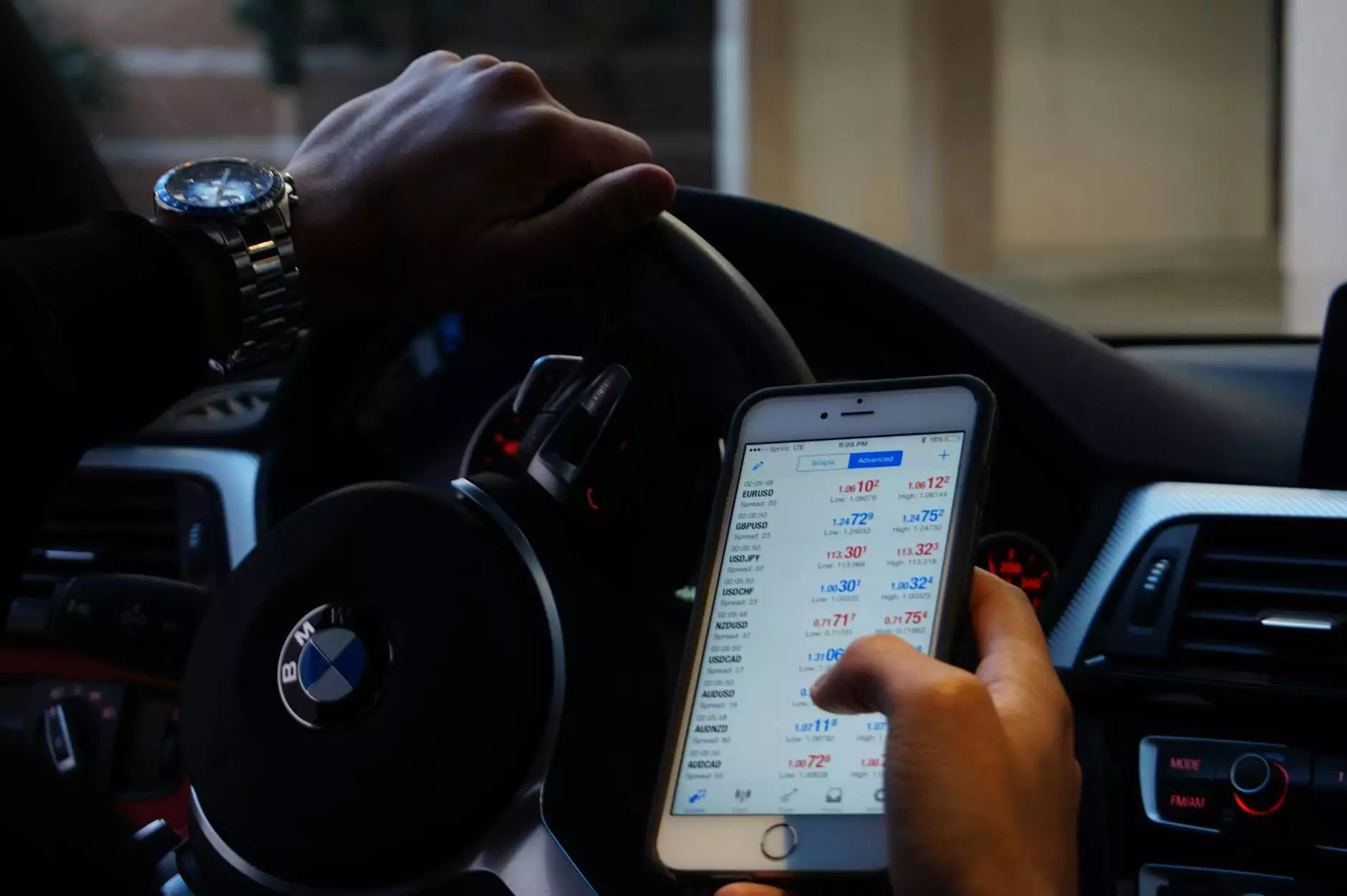How to Monetize an App: Strategies for Success

As the app market continues to grow, with millions of apps available across various platforms, understanding how to monetize an app effectively has become more crucial than ever. With the right strategy, your app can transform from a mere idea into a lucrative source of income. In this comprehensive guide, we will explore multiple monetization strategies, best practices, and essential tips to help you maximize your revenue.
Understanding App Monetization
Monetization refers to the process of generating revenue from your app. There are various methods to achieve this, and the choice often depends on the app's nature, target audience, and market trends. The primary goal is to find a balance between user experience and revenue generation.
Popular Monetization Models
When considering how to monetize an app, here are some widely adopted models:
1. In-App Advertising
In-app advertising is one of the most common monetization methods. It allows developers to display ads within their apps, earning revenue based on impressions, clicks, or interactions. There are several types of in-app advertising:
- Banner Ads: These are typically placed at the top or bottom of the app interface and can be less intrusive.
- Interstitial Ads: Full-screen ads that appear at natural transition points, such as between levels in a game.
- Rewarded Videos: Users are rewarded with in-app benefits for watching video ads, offering a win-win situation.
2. In-App Purchases (IAP)
In-app purchases are another effective way to monetize an app, especially in gaming and service-oriented applications. Users can buy virtual goods, premium features, subscriptions, or additional content directly within the app. This model encourages users to engage more deeply with your app while generating revenue.
3. Subscription Model
The subscription model has gained immense popularity in recent years. Users pay a recurring fee to access premium features or content. This model can provide a steady stream of income and improve user retention. Consider offering different subscription tiers to cater to various user preferences.
4. Freemium Model
The freemium model offers basic functionalities for free while requiring payment for advanced features or an ad-free experience. This approach can attract a larger user base and convert a portion into paying customers.
5. Paid App Model
Launching your app as a paid download can be effective, but it is essential to deliver significant value to justify the cost. Additionally, many developers prefer offering free trials to encourage users to try before they commit.
Choosing the Right Strategy
To determine the best monetization strategy for your app, consider the following factors:
- Your Target Audience: Understand the demographics and preferences of your users. Tailor your monetization approach to align with their behaviors and expectations.
- App Type: The nature of your app often dictates the best monetization model. For example, gaming apps may benefit from in-app purchases, while a productivity app may find success through subscriptions.
- Market Trends: Stay updated on industry trends and competitor strategies. Analyzing market behavior helps refine your approach.
Best Practices for App Monetization
Effective app monetization requires careful planning and execution. Here are some best practices to keep in mind:
1. Prioritize User Experience
While generating revenue is essential, it should never come at the cost of user experience. Avoid overwhelming your users with intrusive ads or forcing purchases. Strive to create a seamless experience that encourages user engagement.
2. Optimize App Store Visibility
Ensure your app stands out in app stores through effective Search Engine Optimization (SEO). This includes using relevant keywords in the app title, description, and tags. Well-optimized apps attract organic downloads, which is critical for monetization success.
3. Test and Iterate
Regularly test different monetization strategies to find what works best for your audience. Use A/B testing to compare various pricing models, ad placements, or promotions. Analyzing user behavior and revenue metrics can guide your ongoing optimization efforts.
4. Build a Community
Engaging with your users fosters loyalty and encourages them to support your app. Use social media and forums to create a community around your app. Listen to feedback and incorporate user suggestions to improve your offerings.
5. Protect User Data
Data privacy is paramount. Ensure your app complies with relevant regulations, such as GDPR. Transparency in data usage builds trust, leading to better monetization outcomes.
Implementing Analytics
Tracking user behavior through analytics is vital for successful app monetization. Use analytics tools to gather insights on user engagement, retention rates, and purchase behavior. This data can inform your decisions on updates and new features.
Leveraging Marketing Strategies
Marketing plays a crucial role in driving downloads and increasing revenue. Consider these strategies:
1. Content Marketing
Create valuable content that resonates with your target audience. Blog posts, videos, and infographics can attract potential users and establish your brand's authority.
2. Social Media Advertising
Use social media platforms to promote your app. Target specific demographics and use eye-catching visuals to draw attention.
3. Influencer Collaborations
Partnering with influencers can enhance your app's visibility. Choose influencers whose audiences align with your target market for maximum impact.
Conclusion: Navigating App Monetization
Successfully monetizing an app requires a well-thought-out strategy tailored to your audience and app type. By leveraging a combination of monetization models, prioritizing user experience, and employing effective marketing tactics, you can maximize your app's revenue potential.
With the right approach to how to monetize an app, your mobile business can thrive in the competitive landscape. Remember, it's all about testing, learning, and adapting. By continuously evolving your strategy and engaging with your user base, you can achieve sustainable growth and success in the app marketplace.









